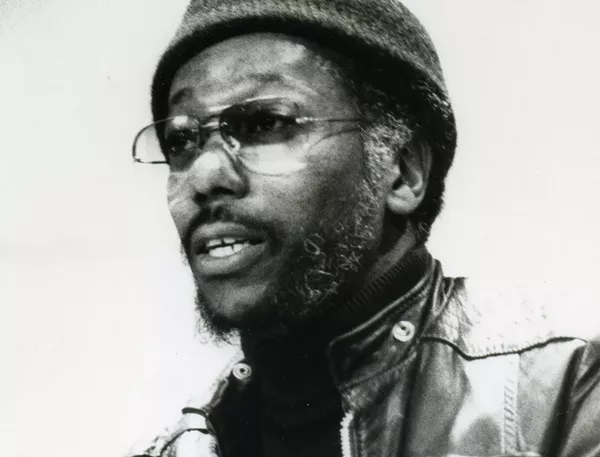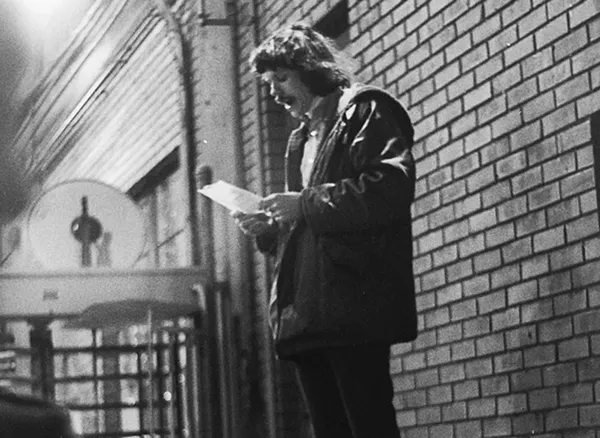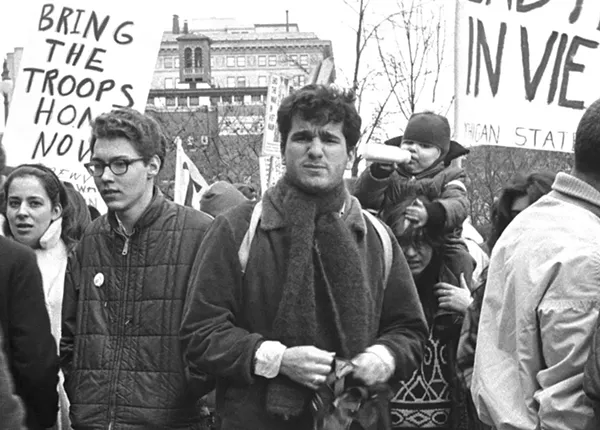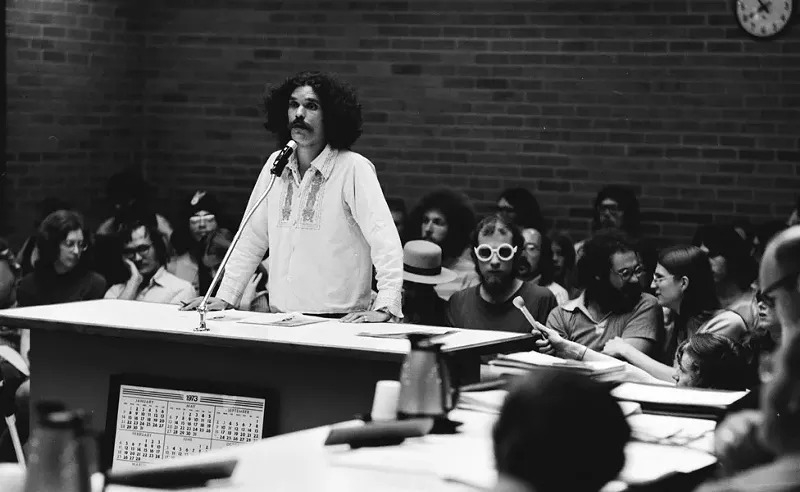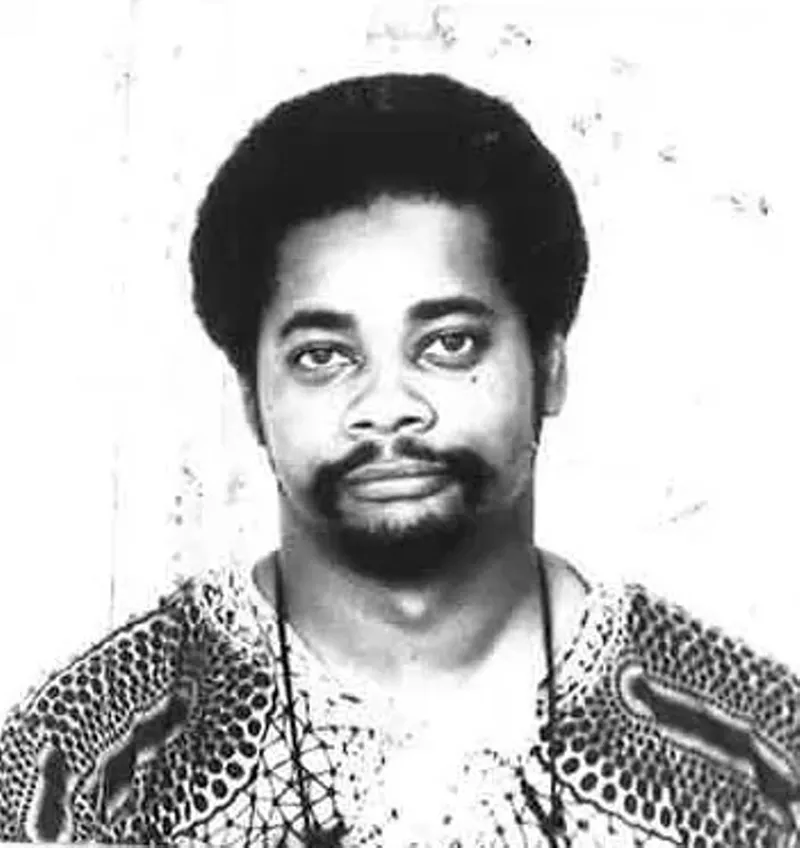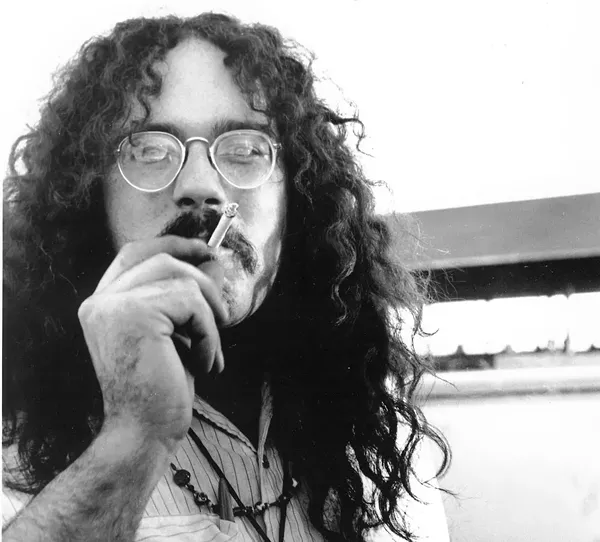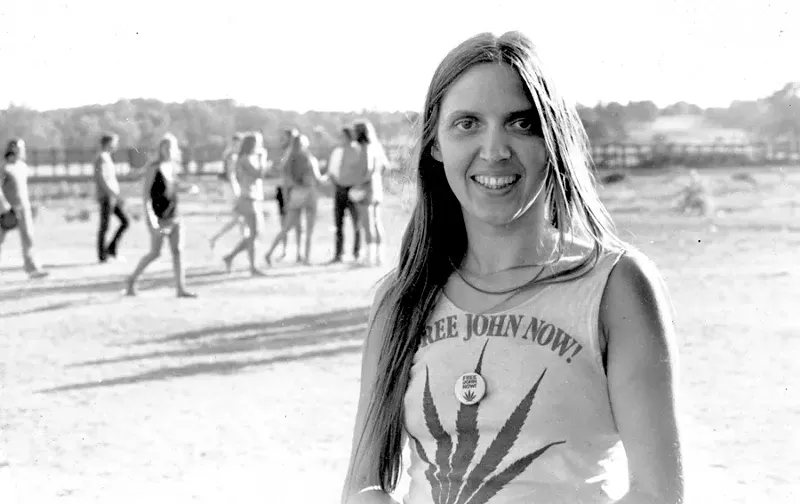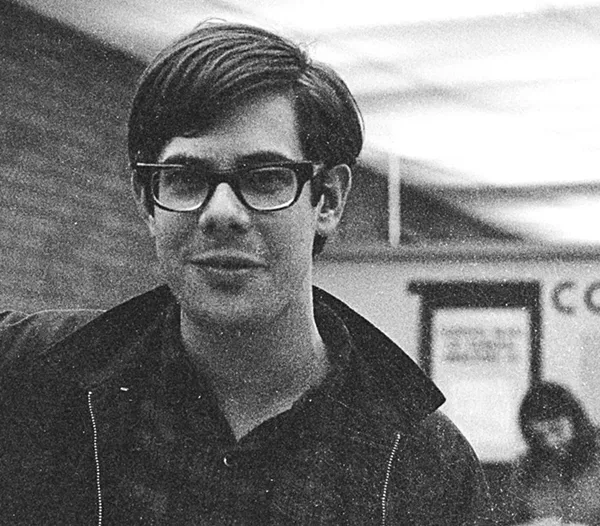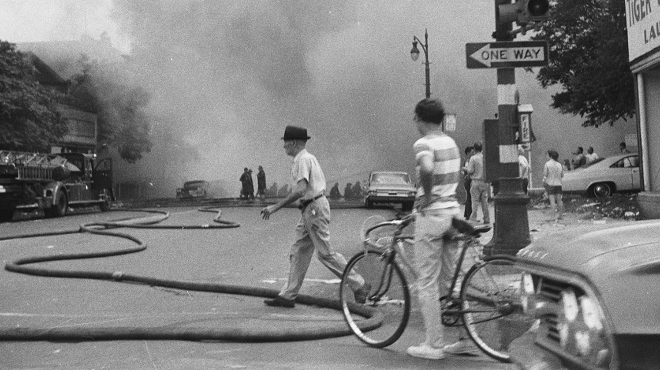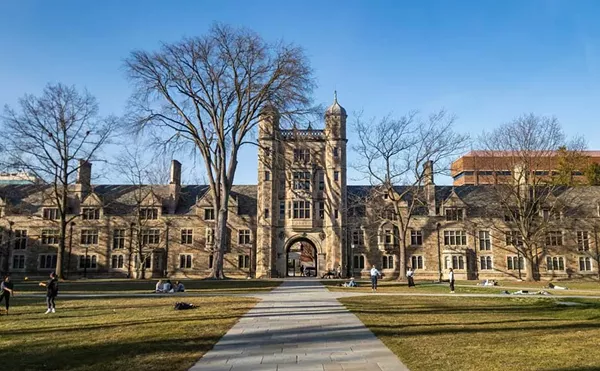Herb Boyd
Born in Alabama in 1938, Herb Boyd came to Detroit with his family at age 5, smack in the center of the Great Migration, just in time to experience the bloody 1943 Detroit race riot. By the mid-1960s, Boyd was married with children, and teaching black studies at Monteith College. Since then, he has written countless articles for national magazines and periodicals, and has authored or edited a string of award-winning books, including Black Panthers for Beginners, A History of the Civil Rights Movement, and Baldwin’s Harlem, a finalist for a 2009 NAACP Image Award. In 1999, Boyd won three first place awards from the New York Association of Black Journalists for his articles published in the Amsterdam News, to which he still contributes. Boyd has been inducted into both the Literary Hall of Fame for Writers of African Descent and the Madison Square Garden Hall of Fame as a journalist. He teaches black studies at the City College of New York and the College of New Rochelle. He lives in New York.
Reggie Carter
In 1967, Reggie Carter was a newly minted high school graduate living in Northwest Detroit. Inspired by his older brother, he had already begun to explore radical politics and was interested in the crowd passing through Vaughn's Bookstore. He was working as a busboy at a restaurant at the Green-8, a mini-mall west of Northland Shopping Center, but he had already passed his test for the U.S. Postal Service, and was to begin working for it in the fall. After a few years at the postal service, as Carter watched many of his friends descend into drug abuse, he decided to go in the opposite direction, embracing social movements. He worked with the Black United Front, and became involved with what became the League of Revolutionary Black Workers, editing Inner City Voice. In the early 1970s, Carter went back to school at Wayne State University and was on the staff of the South End at a time when student radicals had transformed it into revolutionary, pro-labor, community-oriented paper. Carter ended up with a masters degree in social work and became Dean of Students at Loyola University. He is retired, and living in Detroit's New Center area.
Frank Joyce
Born in 1941, Frank Joyce says his family left the city when he was 4, first moving to Berkley, then Royal Oak, but the city drew him back in. “I became a fan of jazz music,” he says, “so even as a high school student I would come to Detroit and go to places like the Minor Key.” He found something else in the city: anti-racist community activist. In 1960, he got involved with an organization called the Northern Student Movement, which, by 1967, had become People Against Racism. Joyce worked with the Adult Community Movement for Equality at the time of the Kercheval Street Riot in August 1966. He was also the news editor for the Fifth Estate. In the summer of 1967, he was a tall, skinny young man with a mustache and long hair, working a good factory job and driving a cream-colored 1964 Chevy two-door hardtop. His work in media took him to WDET and WTVS-TV, and he has won journalism awards in print, radio, and television. He eventually became the director of communications for the United Auto Workers and was a longtime board member of the Michigan Coalition for Human Rights.
Harvey Ovshinsky
One of the earliest and longest-running underground newspapers, Fifth Estate, was started by 17-year-old Harvey Ovshinsky at his kitchen table in 1965. He served as its editor through 1968, and in 1970 was hired as news director of a then-alternative radio station, WABX. In 1986, he founded his own consulting and production firm, and began producing a string of award-winning documentaries, including Land Grab: The Taking of Poletown, stacking up a pile of awards in the process. Over more a career spanning decades, Ovshinsky has played many roles, including teacher, radio host, producer, writer, and filmmaker. To this day, he still enjoys going against the grain, although much more gently at 68. “If you're an artist or a creator,” he says, “resistance is fertile.”
Pun Plamondon
Lawrence Robert Plamondon was an adopted kid from Traverse City who spent the mid-1960s bumming around the country, living in missions, and doing odd jobs. He arrived in Detroit in May 1967 and quickly fell in with John Sinclair, becoming a co-founder of the White Panther Party. Some of his fame springs from his being the “first hippie to be listed on the FBI's Ten Most Wanted Fugitives list” in 1970, due to his indictment for the bombing of a CIA office in Ann Arbor in 1968. He was arrested in July 1970 and spent 32 months in federal prison before charges were dismissed. He went on to become a truck driver and roadie for arena rock bands. In later years, Plamondon reconnected with his biological heritage, which is part Odawa and part Ojibwe, and has become a Native American storyteller. In 2004, his memoir, Lost from the Ottawa: The Story of the Journey Back, was published. He lives in Barry County with his wife.
Charles Simmons
In 1967, Charles Simmons was in his mid-20s. Radical politics run in his blood, as he comes from a family of UAW organizers who toted pistols to protect themselves from company goons in the 1930s. After high school graduation in 1959 he did a stint in the military, and then returned to Detroit, where he became involved with the take-no-prisoners black student group Uhuru in 1962. By the summer of '67, Simmons had already lived in Harlem, met Malcolm X, visited revolutionary Cuba, and was known to Detroit police as a political radical. He was a skinny guy with an Afro and facial hair, seldom seen without a traditional Nigerian hat. He went on to become a journalist with the Associated Press and a professor at Eastern Michigan University. Together with his wife, the Rev. Sandra Simmons, he runs Hush House Black World Community Museum and Leadership Training Institute for Human Rights.
John Sinclair
In 1967, Flint-born Sinclair was described by one of our interviewees as “Detroit's king of the hippies.” It's not a bad way to describe the poet, promoter, free-the-weed activist, and White Panther Party co-founder. Always a jazz lover, in the 1960s, he put his energy behind rock 'n' roll, becoming manager of the proto-punk MC5. He's best known for the way authorities entrapped him into marijuana buys and sentenced him to 10 years in prison for possession of two joints. That provoked a protest concert in Ann Arbor that brought such famed supporters as Bobby Seale, Jerry Rubin, and John Lennon himself to town, and Sinclair was set free shortly afterward. These days, he divides his time between Detroit and New Orleans, and is still an outspoken advocate of recreational marijuana, a productive poet, and involved with his Trans-Love Energies project here in Detroit.
Leni Sinclair
Born in 1940, Leni spent most of her youth in East Germany. In 1959, she crossed the Iron Curtain, and was sponsored by her mother's sister-in-law in Detroit. Leni was delighted to arrive in the country that had produced Harry Belafonte, Bill Haley, and other beloved recording stars she had discovered on her first radio. She recalls, “I thought there was going to be jazz on every street corner when you'd land in Detroit. Well, it took me several years to get into it. Thanks to John Sinclair, I found the Artists Workshop, and I got into that kind of culture that I came looking for.” John and Leni had two children before splitting up in 1977. Through it all, she never stopped taking photographs, and her back-catalog comprises a priceless visual record of music and culture in Detroit. Over the years, she has lived elsewhere, but has returned to Detroit to stay. “I tried living other places,” she says. “It didn't work out. I'm a Detroiter.” In 2016, she was awarded the Kresge Eminent Artist award.
Peter Werbe
Late-night radio listeners know Peter Werbe as the longtime host of Nightcall, which was probably the most politically radical radio show on private radio. Back in the day, some of the show's interviews with authors, artists, and musicians made it into print in Metro Times. He has also had a hand in the Fifth Estate, the long-running underground publication founded by Harvey Ovshinsky, for a half-century. Back in 1967, he was a young man, married, just shaggy enough to be called a hippie by the cops. These days, he lives with his wife and their pet dog in an undisclosed Detroit suburb.


